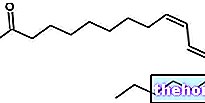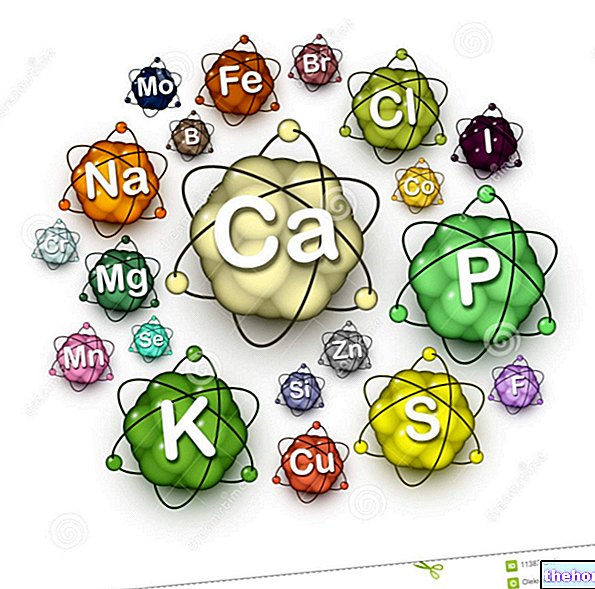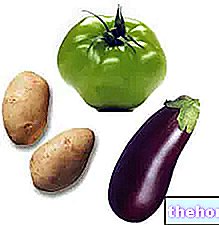
Together with eicosapentaenoic acid (EPA, 20: 5, ω3) and docosahexaenoic acid (DHA, 22: 6, ω3), ALA makes up the series of essential omega 3 lipids.
In nutrition, the "essential" adjective defines the total inability of the organism to synthesize an element, or to do it in quantities adequate to its needs; this implies the relative need to introduce it with the diet.
Among the essential omega 3s, ALA is considered the least metabolically active. Nevertheless, alpha-linolenic acid is the only truly indispensable one, because the body is also capable of obtaining EPA and DHA from it. The enzymatic reactions that drive this conversion are not always fully functional and can be compromised by increasing the dietary requirement of EPA and DHA.
Although less effective than its two derivatives, ALA also has advantages that mainly affect the way of use and undesirable effects.
Alpha linolenic acid is contained in various dietary foods used as a condiment and in certain food supplements of health interest.

, together with algae, which are rich above all in EPA and DHA.
Of the three, alpha linolenic acid is generally the most abundant in the diet. At one time no distinction was made between molecules and a minimum level of indiscriminate intake was suggested. Today, however, there is also a tendency to give importance to the specific presence of EPA and DHA.
Alpha linolenic acid is significantly contained in the fatty portion of the seeds; this is more abundant in the oily ones, but it is also abundant in the embryo of cereals, legumes, pseudo-cereals and other less known ones.
Obviously, the oils produced by squeezing these foods are a very concentrated source of alpha linolenic acid.
The content of alpha linolenic acid in foods of animal origin is generally less than 1%, while its derivatives EPA and DHA predominate.
The table below summarizes the ALA content in richer foods.
While they are excellent sources of alpha linolenic acid, these foods are low in its derivatives EPA and DHA.




























